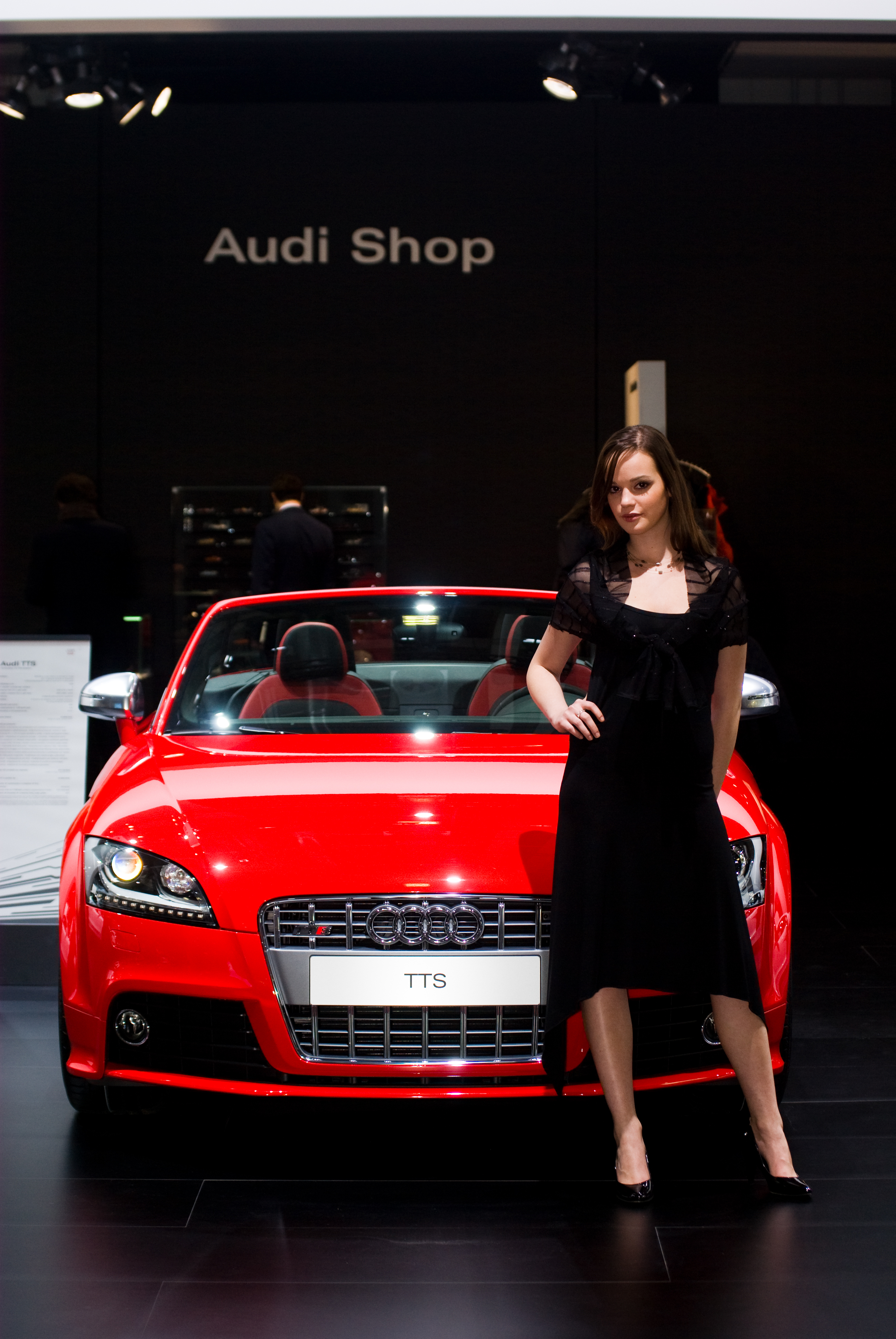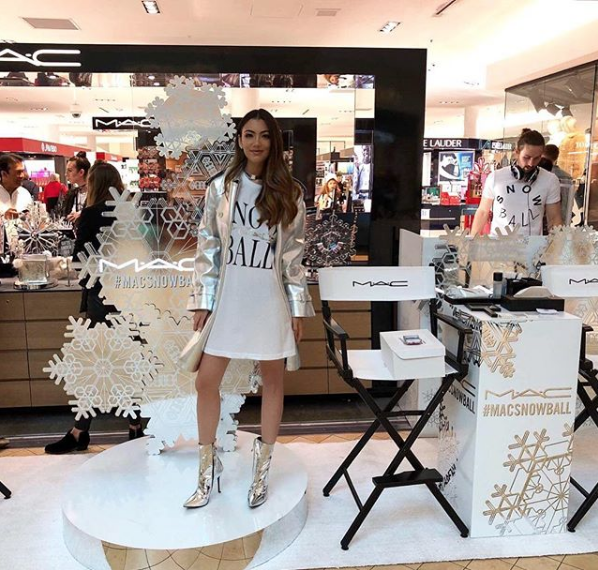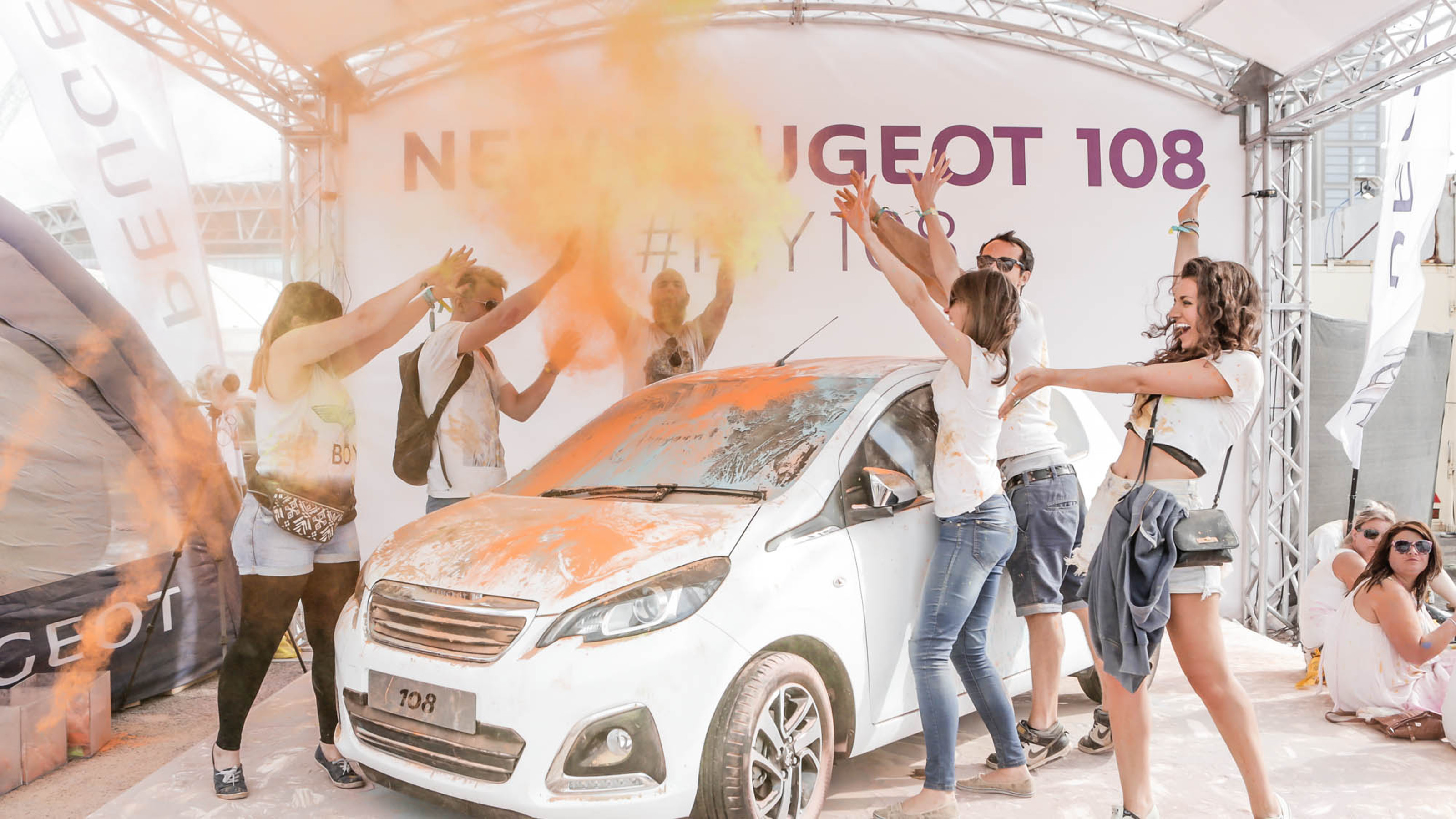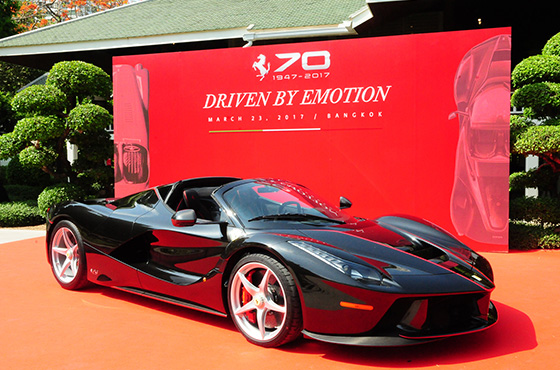Tracking Experiential Marketing Effectiveness Through Social Media Analysis
Experiential Marketing: It’s Radically Different from Other Promotional Event Styles
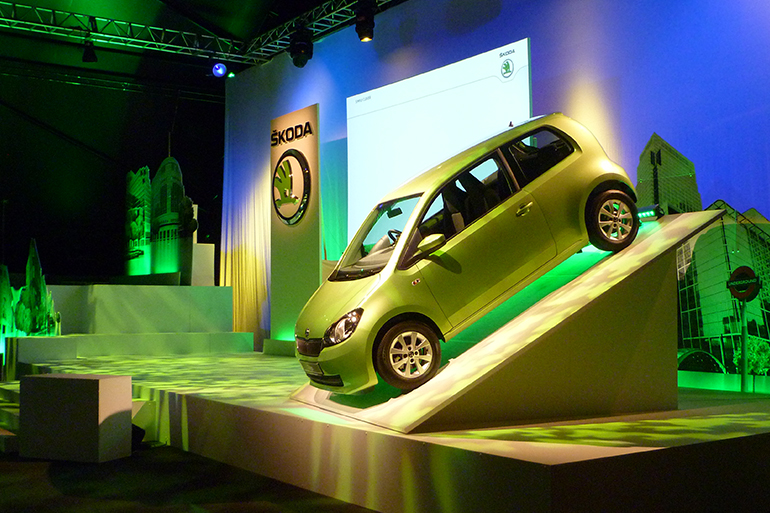
Event marketing has, in recent years, exploded across the corporate landscape as more and more brand leaders are awakening to the reality that the more traditional marketing approaches are becoming increasingly ineffectual, expensive, and more and more disconnected from the modern consumer landscape that is emerging.
So with event marketing budgets swelling to greater sizes as the years pass, it is helpful for marketing managers and executives to fully understand what it’s all about. And one area of some confusion – among marketers who are just beginning to study this approach to branding – is the specific difference between “event marketing” and “experiential marketing.”
If this confusion has been bugging you for a bit, then here’s a quick primer on these marketing terms. First of all, event marketing is a broad term that covers the entire gauntlet of any events-oriented promotional efforts. Thus, experiential marketing is a particular kind of event marketing.
However, the key insight to grasp here is that experiential marketing is radically different from other event-based promotional approaches. Experiential marketing is, in short, a very distinct and very powerful form of event marketing.
Why is this so? Consider that many event-based promotional strategies include things like special industry summits, philanthropic conventions, and trade shows. On the other hand, by virtue of certain defining attributes, live brand experiences stand apart from these promotional styles. Here are some of these defining characteristics – which give experiential marketing its signature effectiveness.
- Live brand experiences are interactive. Unlike a conference (for example), live brand experiences are designed to be completely interactive – with attendees immersing themselves in enjoyable activities which allow them to interact with brand representatives and each other in a very social way, thus forging meaningful emotional bonds between the attendee minds and the brand image.
- Live brand experiences place an emphasis on sensory appeal. Live brand experiences are created to specifically target all aspects of the target audience’s physical senses: sight, smell, touch, taste, sound. For instance, in one experiential marketing campaign, Tylenol provided heat for bus shelters in January – giving the people in the bus shelters a pleasant warmth while there, thus ensuring that the Tylenol brand would be perceived in a very positive light. And the impact of sensory appeals in experiential marketing cannot be overstated; scent, for instance, can evoke core memories – “positive, deeply held ones that could then be associated with the products offered, and also to strengthen brand memory.”
- Live brand experiences invoke the element of extraordinary excitement. Experiential marketing campaigns are very dramatic – giving attendees something so spectacularly out of the ordinary that they can’t help but have a powerful, moving emotional reaction. In such an experience, the doors to the imagination of the attendees are not simply opened – but blown off their hinges. By making the experience something the attendee does not encounter in day-to-day living, a high level of activation can be achieved.
Experiential marketing is shaping up to be one of the most high-impact branding approaches in the 21st century. Practically any business can benefit significantly through experiential marketing campaigns – so if you’re looking to expand your brand’s reach through live, interactive experiences, simply contact us.




